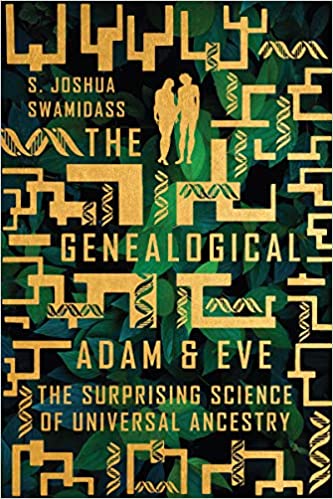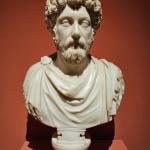Q. In several places you mention the so-called Persian Gulf Oasis. Please explain what this is for our readers?
A. The Persian Gulf is a sea between Iraq and Saudi Arabia. But about 8,000 to 10,000 years ago, it was quite different. Sea levels were about 400 ft lower, and the Persian Gulf was not drowned by water. Instead, it was a thriving Oasis. The paper on which this is based is worth reading in full, along with the discussion at the end. To make a long story short, the Oasis matches quite closely some of the weirder geographic details of Genesis 2, a passage of text locates the Garden in the adamah. The Oasis was without rain, where four rivers flowed out, and full of freshwater springs.
This is how William Lane Craig summarizes, “So the Garden of Eden seems to be described accurately as a real place, even if it is described in figurative and symbolic imagery. Amazing!”
Of course, he goes on to understand this as an anachronistic usage of a real geography. I don’t think that is the most straightforward reading, especially in the context of ANE literature. Rather, this connection between the Persian Gulf Oasis and Genesis 2 adds some important information to the conversation, heretofore under-appreciated by biblical scholars.
First, Genesis 2 seems to be accurately conveying geographic information about a lost Edenic region, a region where much of human civilization began. Second, this is evidence of an oral tradition stretch back at least till 8,000 years ago, long before Genesis was finally composed. Christians might rather infer that this information was somehow prophetically conveyed to the Genesis author. Still, oral traditions can accurately convey information just like this for 10,000 years, so an oral tradition seems more likely to me.
Third, traditionally it has been thought that the location of Garden of Eden is no longer known because it was destroyed in the Flood. Fourth, all this information places Genesis 2 solidly in the realm of archeology, a branch of science where there is already a great deal of positive interaction with biblical scholars. We should not understand this connection with the Persian Gulf Oasis as scientific concordism. While the ancient readers know nothing of the modern technology we used to rediscover the Oasis, the concepts that is conveyed in Scripture would have been easily understood by the original audience without modern science.
It seems to me that it undermines the notion that the Garden was obviously a mythological or symbolic place to the original audience. To the contrary, it seems that the original author of Genesis is intending to teach that the Garden was a real place in the physical world of its readers.
There is much more to discuss here. The Persian Gulf Oasis seems understudied by biblical scholars. How does this new information adjust and reframe how we understand Genesis?












